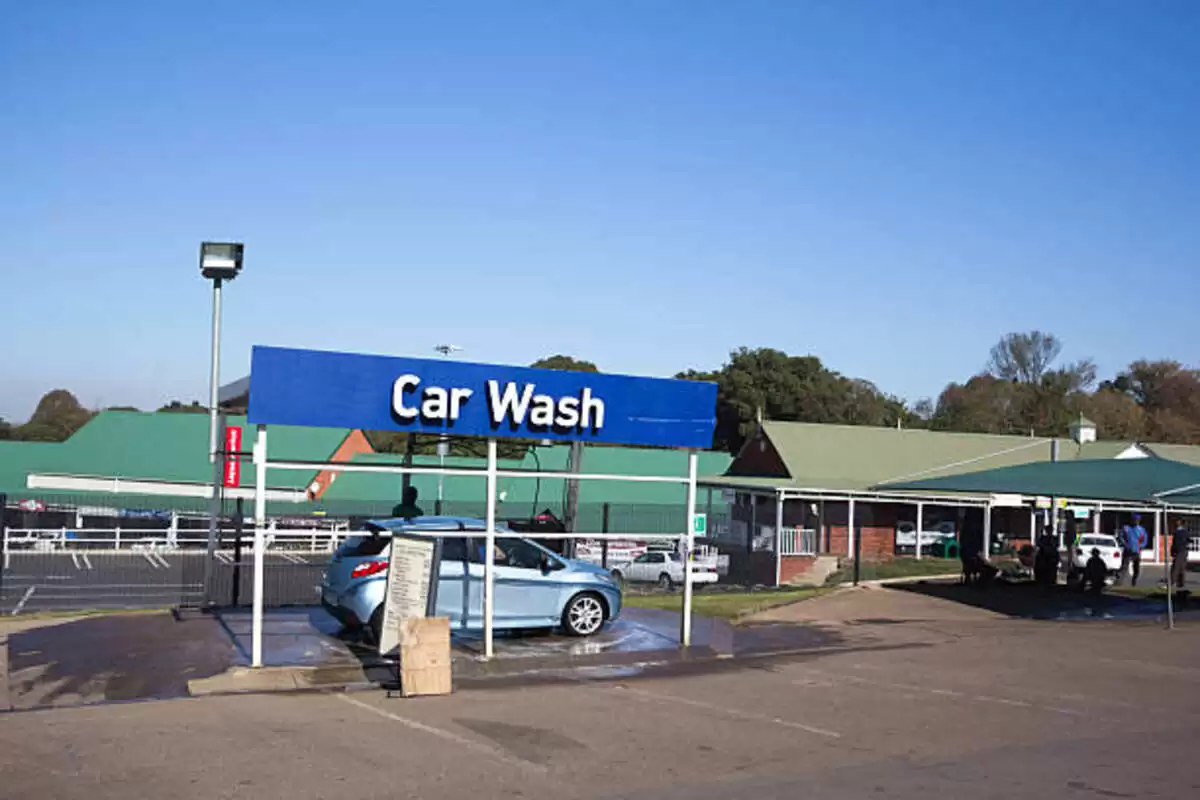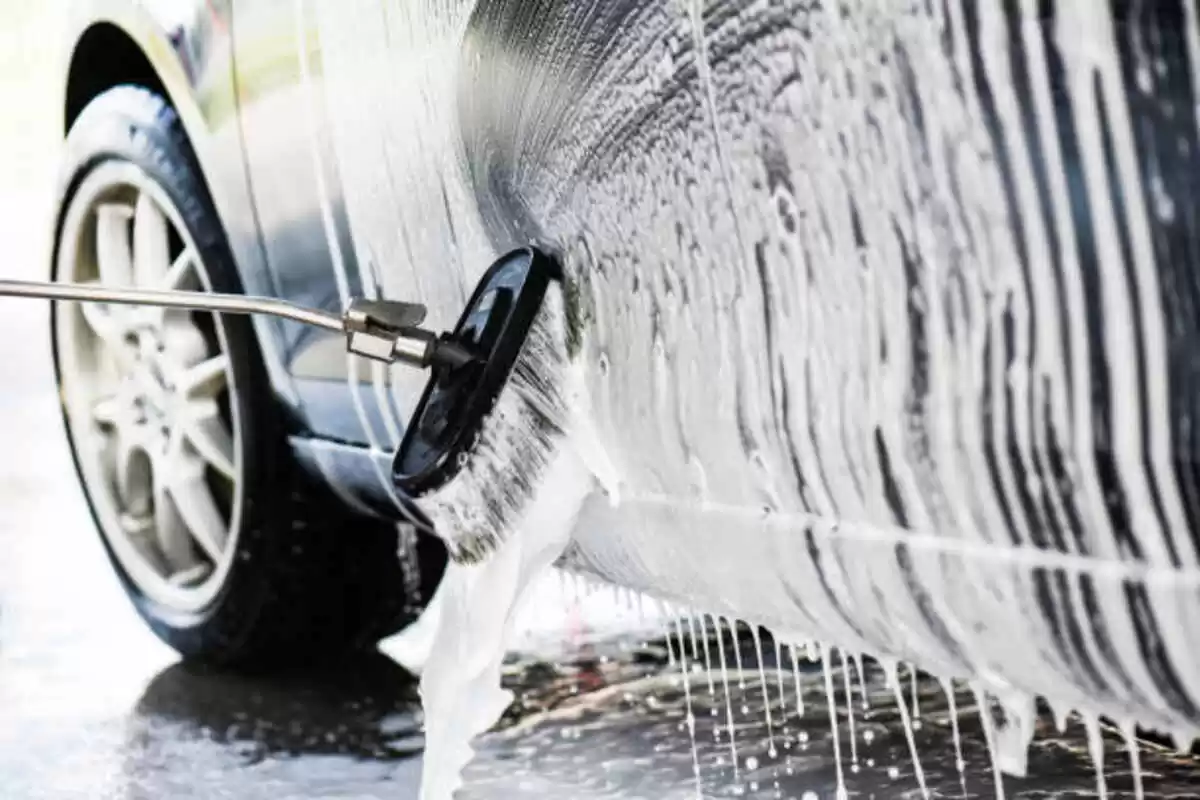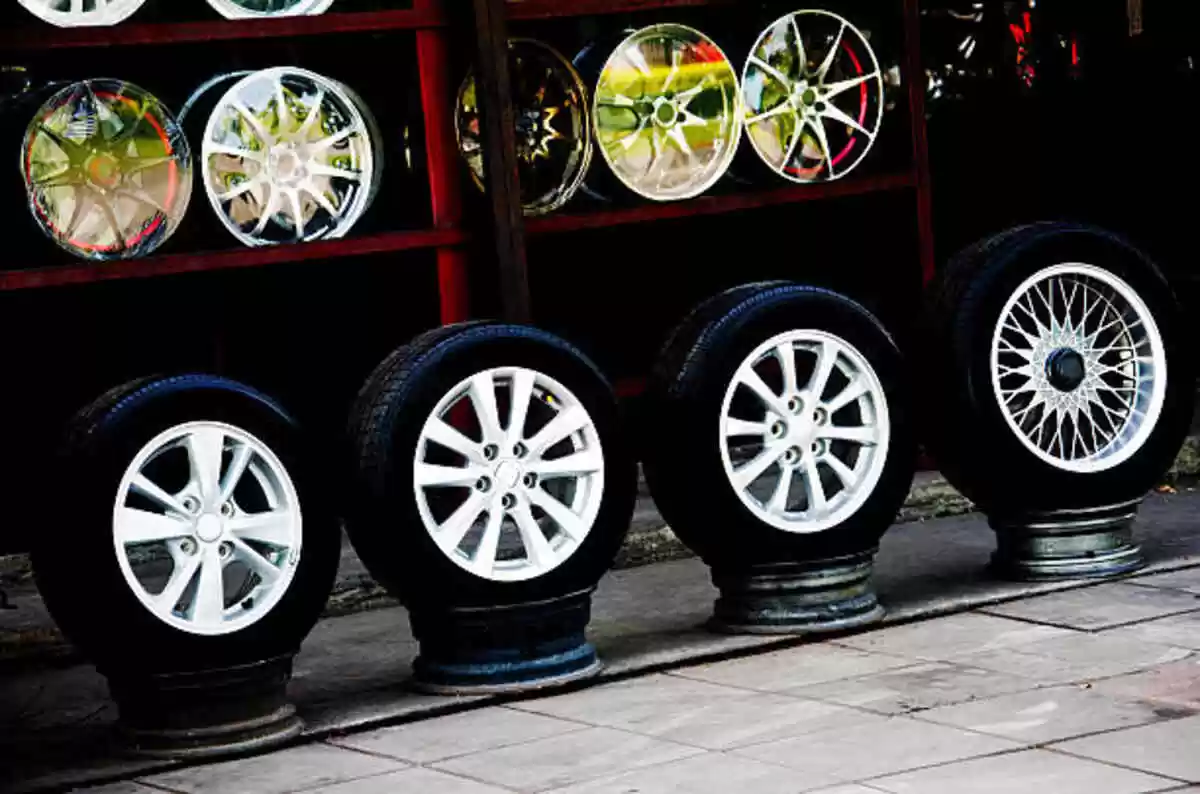Q: What do you view as your major accomplishments so far?
A: In terms of product, I have a quite positive view [of where we are], including the full model changes. Dealers and customers have shown strong confidence in our products. However, the supply chain is challenging, and the current problem is production. I just got back from a three-day dealer event in Miami, and indeed, they are quite confident.
We are always saying to dealers, “Sell, sell, sell,” but they are saying to us right now, “Supply, supply, supply.” That means that the market itself is quite strong; that’s the positive news. However, we need to take care of the supply chain more carefully.
Where do the brands stand today? Let’s start with Toyota: Beyond the supply constraints, is it stronger than it was three years ago?
I think our brand itself is quite strong, based on great product. Toyota especially, we have the right product and right timing in the market. Also due to the supply shortage, our residual values are increasing, so those values are quite high. Those elements make the brand stronger.
Where do you think Lexus stands compared with three years ago?
Lexus is also quite similar. In the past, Lexus had a hard time about product cadence. Some years, Lexus would have two new models, then the next year, nothing. In the past two years and moving forward, Lexus will have a great product cadence: two or three new models per year and special editions. Lexus dealers are quite confident, and that has been positive.
What has been your biggest challenge? Just keeping the factories running?
For sure. And then to meet the speed of electrification. That is a huge issue.
Let’s talk about electrification: Toyota has the bZ4X arriving and Lexus will soon launch the RZ450e, plus there were all of those other future models that were lined up behind Akio Toyoda last year. That’s a lot of product, but it’s also product that’s not here yet. Is that frustrating for Toyota and Lexus dealers?
From our conversations with them, dealers aren’t frustrated. However, they are asking, and they keep asking: How is your preparation for the BEVs of the future? So we are building our portfolio out for 2025 to 2030, to have a longer look into the future.
Are there segments that you would like to get back into?
Yes, yes. The product lineup, especially for BEV, is under discussion. However, we need a key BEV in each segment, Lexus especially, with its more affluent buyer. So maybe the electrification speed is higher than that of Toyota. So, for Lexus, we have to prepare a full lineup of BEVs and then next do the same for Toyota.
Are traditional product life cycles still appropriate?
It depends. Tundra is an example. We took a long time [to redesign it], 15 to 16 years. However, we need to discuss the right cycle to change each model, including the powertrain. There is no V-8 for Tundra now, but a V-6 turbo and one motor hybrid. We need more competitive powertrains, [so updates and redesigns are] not only about body design.
Toyota made a clear statement about staying in the full-size truck business with the Tundra redesign. How important is the segment to your business?
First, our core segment is the midsize pickup, Tacoma. In addition, we are now looking at the full-size segment, and Tundra and Sequoia are new weapons for us. Volumewise, we have a strong [units-in-operation] and a rich history in this segment. We are not going to be the largest in this segment, but we are looking for customers that want something different than the [full-size pickups from the Detroit 3].
Ford has had some success over the last year with a smaller pickup, the Maverick, which is much smaller than the current-generation Tacoma, but similar in size to what the Tacoma was historically. Is there room in Toyota’s lineup for a compact pickup like the Maverick?
It is a good idea, but we aren’t focused on that. Latin America, for example, has this type of product already. I’m interested in hearing what happens [in that segment]. However, currently, I think Tacoma can cover that area.
Where does the relationship between Toyota Motor North America and Toyota Motor Corp. stand? Are the goals aligned, and is Toyota Motor North America performing as it needs to?
Of course, we have very close communication with the TMC side. We try to relay the temperature of the market to TMC. Sometimes, we have a gap and it takes time to erase those kinds of gaps, but I’m trying to [ensure mutual understanding]. During COVID, of course, we’ve had frequent Zoom meetings, less in-person meetings, but the meetings are more frequent as a result.
What is the long-term outlook for BEVs? The shift is occurring, but will it continue to be gradual?
I think the shift will surely happen, including regulations and customer acceptance. However, nobody knows the speed of that change. We need to prepare our best products for the BEV lineup, and we’re preparing the lineup now. We are also doing a multipath approach — hybrids, plug-in hybrids, fuel cells, BEVs. It’s a good solution to reduce carbon, but BEV is coming for sure.
What does the transition to BEVs represent for Toyota’s North American manufacturing footprint over the long term?
We announced earlier the [$1.3 billion] investment in North Carolina for our battery plant, and we are now thinking how to expand that battery capacity in the future. In terms of our BEV lineup, that is under study to ensure that we have the right lineup, and the best plan to build them.
As automakers race to develop BEVs, the pressure on raw materials is growing intense, raising prices. Is the segment becoming cost prohibitive?
It is a very difficult challenge, including the raw materials. We have less experience in BEVs compared to [ICE] vehicles. But we are learning a lot.
Toyota has a long history of partnerships, including holding stakes in Mazda and Subaru, as well as cooperating with Tesla a decade ago. Are these arrangements important?
I think, as we mentioned, Mazda and Toyota both have shareholder holdings essentially, so in this sense it is a typical variation. And then we have a joint venture [assembly plant] in Alabama. And of course, joint projects with Subaru as well. But in the case of batteries, our battery plant is 100 percent Toyota; however, there are many supports from Panasonic as well.
Is there room for more, in your opinion?
Partnerships should be expanded, due to the challenges ahead. Also the challenges in autonomous as well.
Toyota has been in the crosshairs politically because of its lobbying and donations in the U.S. What is the role of corporate political involvement?
My philosophy is that we should be good citizens here or good neighbors here. So in this sense, politics, it should always be in the middle. It doesn’t matter if it’s Democrats or Republicans, we should always be in the center. And in terms of donations, we should donate equally to both parties.
You spent some time last year lobbying Sen. Joe Manchin in person at the Toyota plant in Buffalo, W.Va. Have you done much in-person lobbying? What is the message you’re delivering?
I have met with some secretaries and some key government leaders to get their comments and to ensure that they understand what we’re doing and our goals. Our message is that we support regulations, the electrification movement, and our contribution to the U.S. in terms of jobs and investment.
When production levels normalize, what do you think the new normal will be in terms of dealer inventories?
Before the pandemic, dealer inventories were 45 to 50 days; now it is less than five days. Something between the two is probably right — perhaps 30 days or less.
Is Canada an attractive place for Toyota to invest right now?
Yes. We have a strong relationship with Canada and the Canadian government. We have the [Lexus] NX coming out of our Canadian plant, and we’re looking for sustainable business there.
Last year, Toyota Motor North America finished as the No. 1 automaker in terms of sales in the U.S. for the first time. Do you want to take any credit for that?
Being No. 1 is not our priority. We should be the best company for dealers and customers. Akio doesn’t say to me, “Congratulations for being No. 1.”





